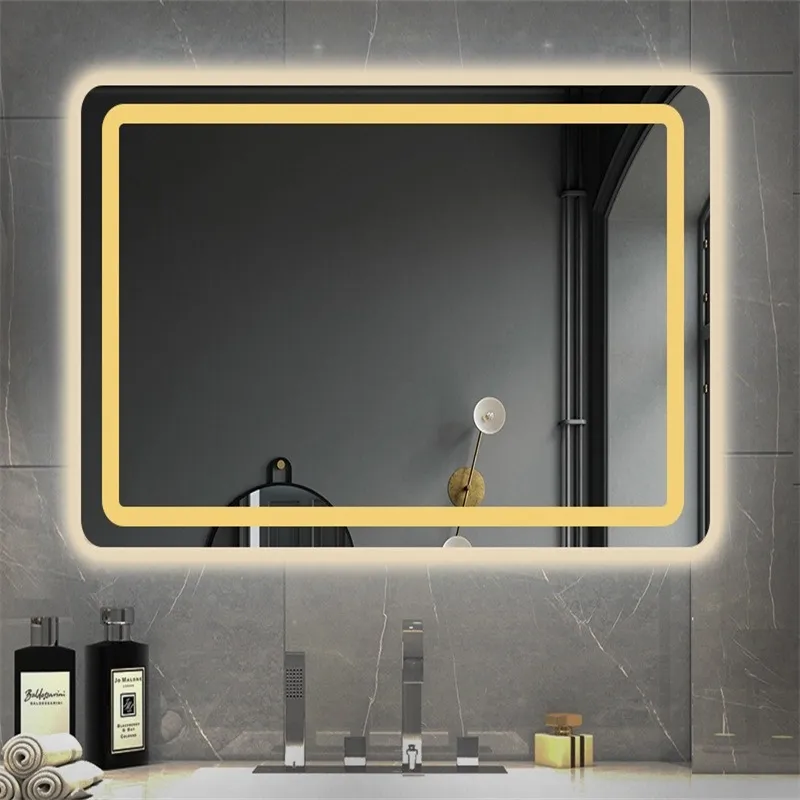Nov . 09, 2024 19:39 Back to list
Understanding the Benefits and Uses of Tempered Glass in Modern Applications
The Advantages and Applications of Tempered Glass
Tempered glass, also known as toughened glass, is a type of safety glass that has been treated by a process of extreme heating and rapid cooling. This technique increases its strength compared to standard glass and makes it less likely to break under stress. The use of tempered glass has become increasingly popular across various industries due to its numerous advantages, which include safety, durability, thermal stability, and aesthetic appeal.
One of the primary advantages of tempered glass is its safety features. When conventional glass breaks, it shatters into sharp, jagged pieces that can cause serious injuries. In contrast, tempered glass is designed to break into small, blunt pieces that are less likely to cause harm. This property makes it an ideal choice for environments where safety is a concern, such as in schools, hospitals, and residential buildings. Many building codes require the use of tempered glass in specific areas, particularly where the glass might be subjected to higher impact or stress, such as glass doors, shower enclosures, and glass railings.
In addition to safety, tempered glass is significantly more durable than regular glass. The tempering process strengthens the glass and can withstand higher levels of stress and impact. For instance, it is often used in automobiles for side windows and windshields because of its ability to endure sudden changes in temperature and pressure. This durability also makes it suitable for outdoor applications, where it may be exposed to harsh weather conditions and fluctuating temperatures without compromising its integrity.
Thermal stability is another crucial aspect of tempered glass. It can handle thermal stress significantly better than standard glass, making it ideal for applications where temperature differences are commonplace. For example, tempered glass is often used in fireplace screens, oven doors, and glass cooktops, where it can tolerate extreme temperatures without breaking. This property also plays an essential role in architectural applications, such as curtain walls and façades, where glass panels can be subject to varying weather conditions.
tempered glass

In recent years, the aesthetic appeal of tempered glass has gained prominence, largely due to modern architectural designs that favor open spaces and natural light. The sleek, contemporary look of tempered glass enhances the overall appearance of buildings, providing a visually pleasing element while also serving practical functions. Additionally, tinted or frosted tempered glass can offer privacy without sacrificing light, making it an excellent choice for both residential and commercial spaces.
The applications of tempered glass are vast and varied. In residential settings, it is commonly utilized for shower doors, glass railings, and patio furniture. In commercial environments, it is found in storefronts, facade designs, and office partitions, contributing to an open and inviting atmosphere. Moreover, tempered glass is used in various specialized applications, such as aquariums, bullet-resistant glass, and glass tables, showcasing its versatility.
As sustainability and energy efficiency become increasingly important in modern construction practices, tempered glass has also started to play a critical role. Many manufacturers are now producing energy-efficient tempered glass options that provide insulation and reduce energy consumption. These advancements allow buildings to maintain comfortable temperatures while minimizing reliance on heating and cooling systems, contributing to a more sustainable future.
In conclusion, tempered glass is a remarkable material that combines safety, durability, thermal stability, and aesthetic appeal, making it an essential choice in various applications. Its inherent strength and ability to withstand extreme conditions set it apart from regular glass, ensuring that it is preferred in environments where safety and reliability are paramount. As trends in architecture and design continue to evolve, the demand for tempered glass is likely to grow, solidifying its place as a fundamental component in modern construction and design. Whether in our homes, workplaces, or public spaces, tempered glass contributes to enhanced safety and beauty in our surroundings.
-
Safety and Style with Premium Laminated Glass Solutions
NewsJun.24,2025
-
Reinvents Security with Premium Wired Glass
NewsJun.24,2025
-
Premium Float Glass Line for Modern Architecture
NewsJun.24,2025
-
Low Emissivity Glass for Energy-Efficient Architecture
NewsJun.24,2025
-
High-Performance Insulated Glass Solutions for Modern Architecture
NewsJun.24,2025
-
Elevates Interior Style with Premium Silver Mirror
NewsJun.24,2025
Related PRODUCTS














